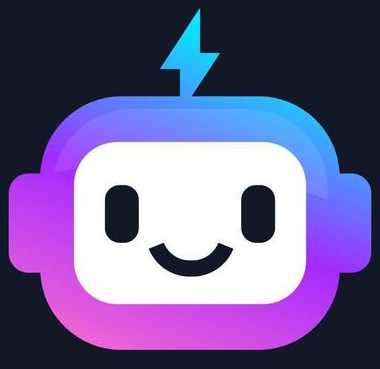Media Queries
Comprehensive Explanation
Media queries are a powerful feature in CSS3 that allow you to apply styles based on the characteristics of the device or browser viewport. This enables you to create responsive and adaptive web designs that provide an optimal user experience on various devices, from desktops to mobile phones.
Media queries work by testing one or more media features, such as the width or height of the viewport, the device's orientation, or the resolution of the screen. Based on the results of these tests, the browser can then apply the corresponding CSS styles to the web page.
Syntax and Structure
The basic syntax for a media query in CSS is as follows:
@media (media-feature-rule) {
/* CSS rules to be applied */
}
The media-feature-rule can be one or more of the following:
width: Checks the width of the viewport.height: Checks the height of the viewport.orientation: Checks the orientation of the device (portrait or landscape).resolution: Checks the resolution of the screen.aspect-ratio: Checks the aspect ratio of the viewport.max-andmin-prefixes: Allows setting minimum and maximum values for the media features.
Code Examples
Here are some examples of how to use media queries in your CSS:
/* Apply styles for screens smaller than 768px */
@media (max-width: 767px) {
body {
font-size: 14px;
}
h1 {
font-size: 24px;
}
}
/* Apply styles for screens larger than 1200px */
@media (min-width: 1200px) {
body {
font-size: 16px;
}
h1 {
font-size: 36px;
}
}
/* Apply styles for portrait orientation */
@media (orientation: portrait) {
.image-container {
width: 100%;
}
}
/* Apply styles for landscape orientation */
@media (orientation: landscape) {
.image-container {
width: 50%;
}
}
Expected Outputs
When the media queries are applied, the expected output would be:
- For screens smaller than 768px:
- Body font size: 14px
- Heading 1 font size: 24px
- For screens larger than 1200px:
- Body font size: 16px
- Heading 1 font size: 36px
- For portrait orientation:
- Image container width: 100%
- For landscape orientation:
- Image container width: 50%
Best Practices for Media Queries
- Use a mobile-first approach: Start by designing for small screens and then use media queries to enhance the design for larger screens.
- Avoid using fixed pixel values for media query breakpoints; instead, use relative units like em or rem to make the design more responsive.
- Group related styles together in your media queries to improve maintainability and readability.
- Use a consistent naming convention for your media query breakpoints, such as
small,medium, andlarge. - Consider using a CSS preprocessor like Sass or Less to manage your media queries more efficiently.
- Test your media queries thoroughly on a variety of devices and screen sizes to ensure a consistent and optimal user experience.
Conclusion
Media queries are a powerful tool in the CSS3 arsenal, allowing web developers to create responsive and adaptive web designs that provide an optimal user experience across a wide range of devices. By leveraging media queries, you can ensure your web content is displayed correctly and looks great on everything from desktop computers to mobile phones. Understanding the syntax and best practices for using media queries is a crucial skill for any modern web developer.
